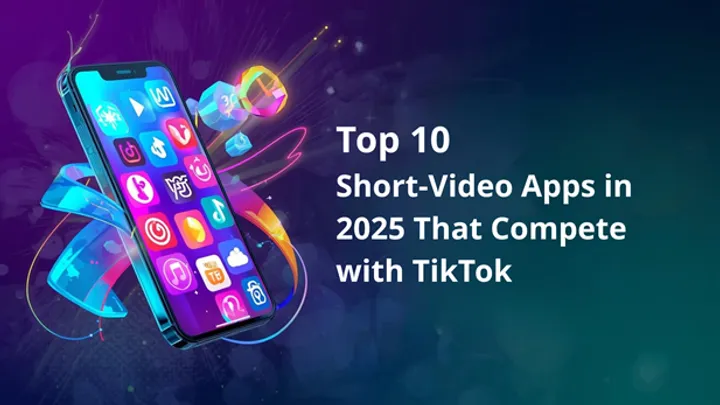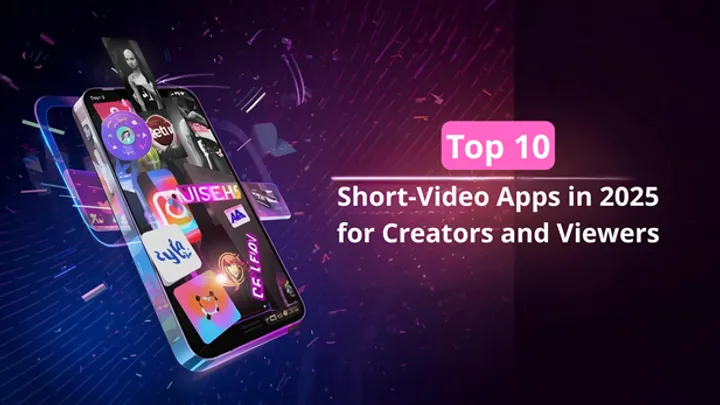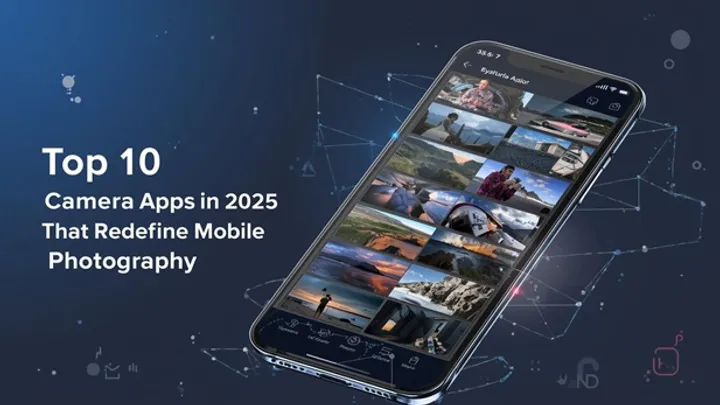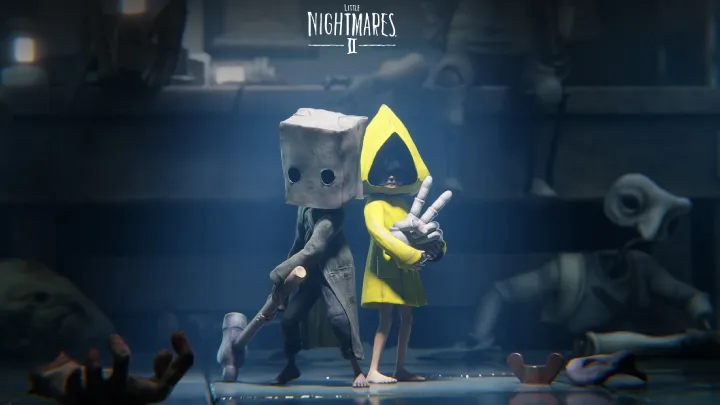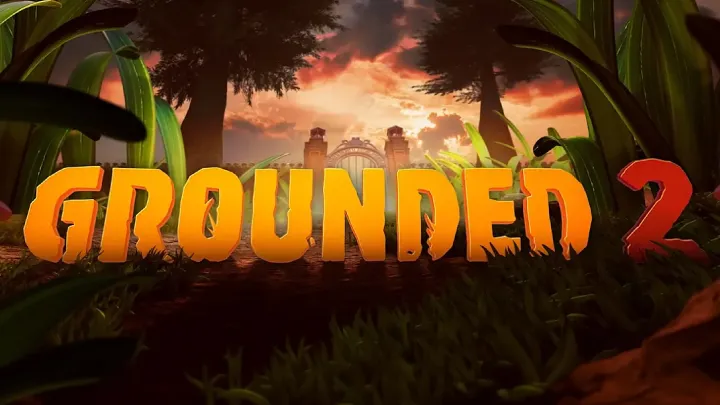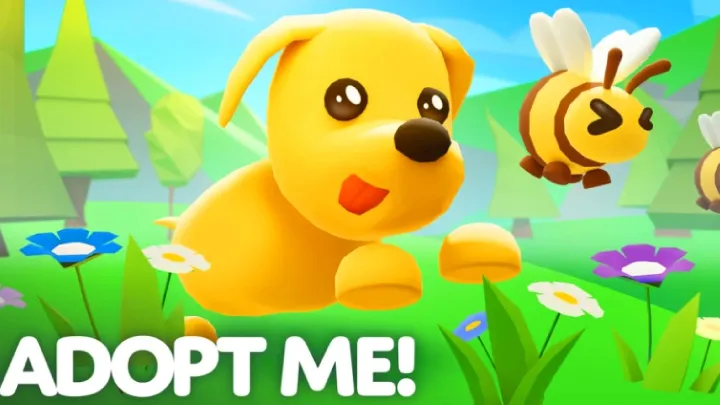Introduction
Sandbox games have redefined the way people think about gaming. Instead of rigid objectives or linear storylines, sandbox titles give players freedom, creativity, and tools to craft their own experiences. These games are not just about playing—they are about creating, experimenting, and exploring without limits.
Some sandbox games became cultural movements, empowering generations of players to build, design, and shape worlds according to their imagination. In this article, we will explore the most revolutionary sandbox games that shaped creativity, analyzing how they influenced both the industry and players worldwide.
1. Minecraft (2011)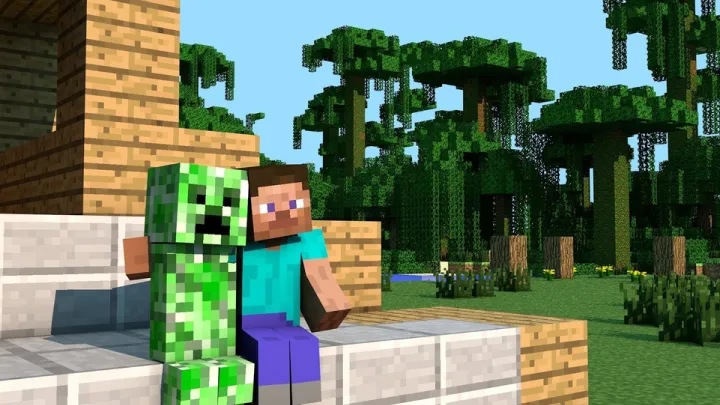
The Ultimate Creative Platform
Few games embody creativity like Minecraft. With its block-based world, it lets players build anything—from small homes to entire cities and replicas of real-world wonders.
Why It’s Revolutionary
- Infinite building possibilities.
- Survival and creative modes cater to different playstyles.
- Huge community with mods, servers, and custom adventures.
Impact: Minecraft became an educational tool in classrooms, teaching logic, teamwork, and design. It also became one of the best-selling games of all time.
2. Garry’s Mod (2004)
A Sandbox Built on Physics
Garry’s Mod, or GMod, started as a mod for Half-Life 2 but grew into its own phenomenon. It’s not about winning or losing—it’s about experimenting with physics and creating fun scenarios.
Why It’s Revolutionary
- Players can manipulate objects and design mini-games.
- Spawn anything: props, characters, vehicles.
- A hub for machinima, roleplay, and community-driven game modes.
Impact: GMod showed how a sandbox could be a platform for creativity, inspiring countless roleplay servers and online communities.
3. Roblox (2006)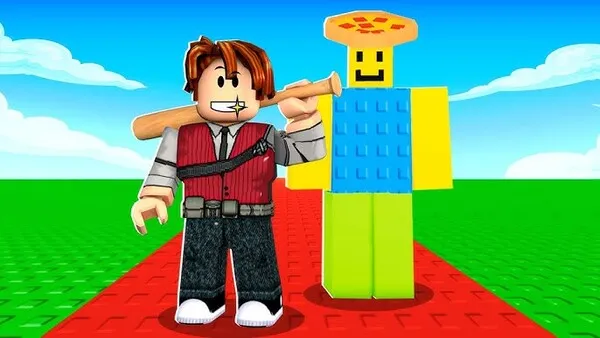
A Game Engine for Everyone
Roblox isn’t just a game—it’s a platform where players create their own games. With Lua scripting, players of all ages can design interactive worlds, experiences, and even full-blown RPGs.
Why It’s Revolutionary
- Democratized game development.
- Huge community marketplace for sharing and monetizing creations.
- Constantly evolving with new content from users.
Impact: Roblox turned millions of kids into creators, inspiring a new generation of developers. Some Roblox developers even launched careers in professional game design.
4. The Sims (2000)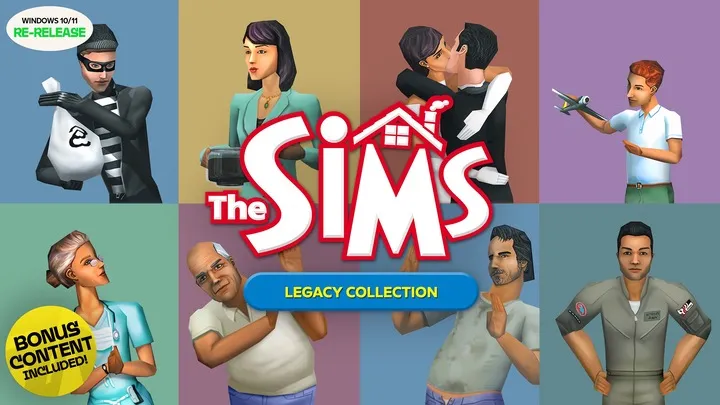
Life as a Sandbox
The Sims revolutionized how players interact with virtual life. Instead of defeating enemies, players control a household—designing homes, building relationships, and living through generations.
Why It’s Revolutionary
- Open-ended gameplay with no single objective.
- Creative house building and storytelling.
- Custom content community keeps the game alive.
Impact: The Sims empowered players to experiment with identity, relationships, and creativity in ways few games had before.
5. Grand Theft Auto V (2013)
Open World Freedom
While the GTA series is known for crime-driven narratives, GTA V’s online sandbox gave players freedom to explore Los Santos however they wanted—racing, heists, roleplay, or chaos.
Why It’s Revolutionary
- Vast open world with endless activities.
- GTA Online as a persistent sandbox economy.
- RP servers added a new layer of creativity.
Impact: Beyond its story, GTA V’s sandbox multiplayer evolved into a cultural phenomenon, inspiring thousands of content creators and modders.
6. Terraria (2011)
2D Sandbox Exploration
Often called “2D Minecraft,” Terraria combines sandbox creativity with RPG-style progression. Players mine, build, and fight bosses in a procedurally generated world.
Why It’s Revolutionary
- Freedom to build and customize worlds.
- Deep crafting system with thousands of items.
- Combines sandbox building with adventure gameplay.
Impact: Terraria proved that sandbox creativity works beyond 3D, influencing other indie developers to combine genres with open-ended design.
7. Spore (2008)
Evolution as a Playground
Maxis’ Spore gave players the power to design life—from single-celled organisms to intergalactic civilizations.
Why It’s Revolutionary
- Full creative control over creatures, vehicles, and buildings.
- Unique sandbox progression from microscopic to cosmic scale.
- User-generated content shared across the globe.
Impact: While divisive in execution, Spore was ahead of its time, showing how games could give players god-like creative power.
8. LittleBigPlanet (2008)
Play, Create, Share
Developed by Media Molecule, LittleBigPlanet introduced console players to sandbox creativity. Players could design their own levels and share them online.
Why It’s Revolutionary
- Focused on player-generated levels.
- Cute, approachable art style with deep design tools.
- Community-driven with millions of shared creations.
Impact: Inspired future creative platforms like Dreams and pushed “play, create, share” as a philosophy in gaming.
9. Second Life (2003)
A Virtual Sandbox World
Second Life blurred the line between game and social platform. Players create avatars, build businesses, and design experiences in a massive virtual world.
Why It’s Revolutionary
- User-driven economy with real-world money.
- A place for concerts, education, and digital identity.
- Early example of a “metaverse” concept.
Impact: Second Life proved the potential of online virtual sandboxes long before today’s metaverse discussions.
10. Kerbal Space Program (2011)
Creativity Meets Science
Kerbal Space Program gave players tools to build rockets and explore space. Its physics-driven sandbox blended education with entertainment.
Why It’s Revolutionary
- Encouraged experimentation with engineering.
- Realistic physics taught orbital mechanics in fun ways.
- Community of modders expanded its possibilities.
Impact: A rare game where creativity and science merged, inspiring players to learn about real space exploration.
Conclusion
Sandbox games have shaped creativity for decades, transforming players into designers, storytellers, and innovators. From Minecraft’s infinite block worlds to Roblox’s game-creation engine, from the freedom of GTA V to the imaginative power of Spore, these titles have proven that games can be more than entertainment—they can be platforms for creativity and self-expression.
As technology advances, the future of sandbox gaming will likely push boundaries even further, allowing players not just to play worlds, but to create universes of their own








